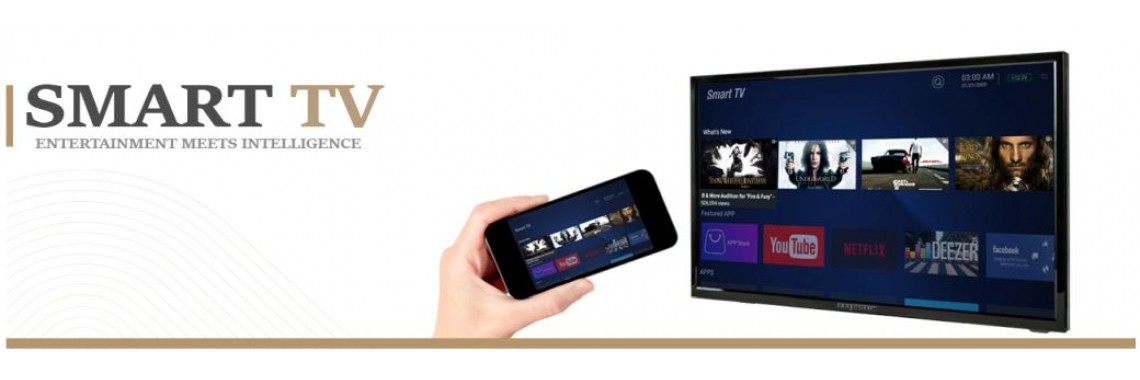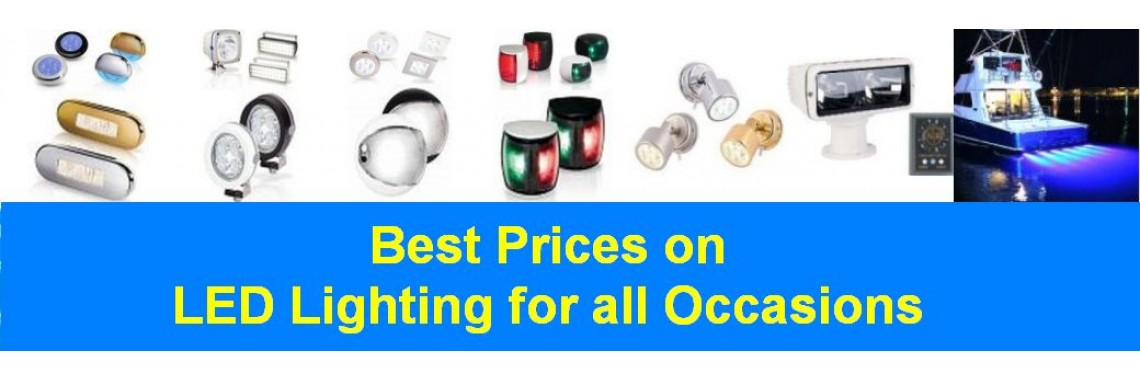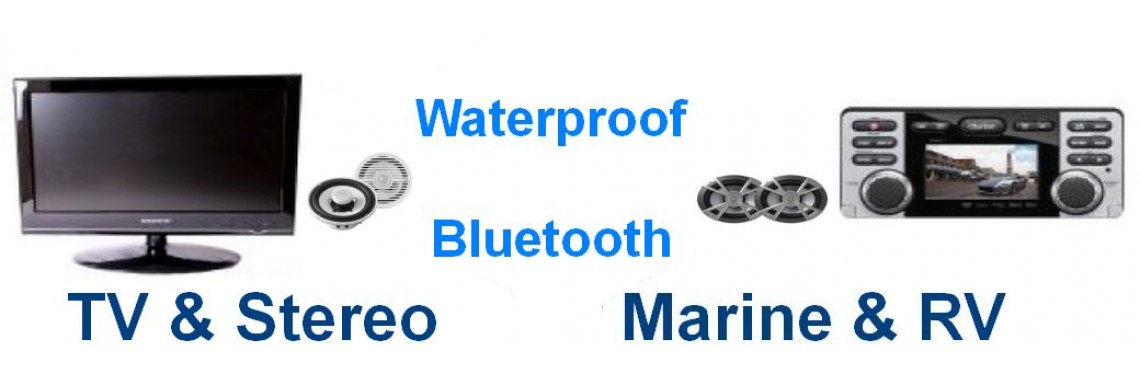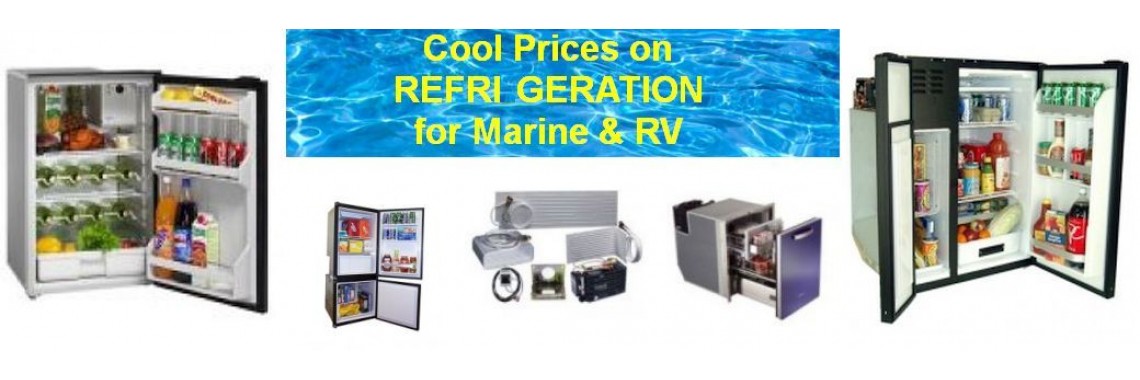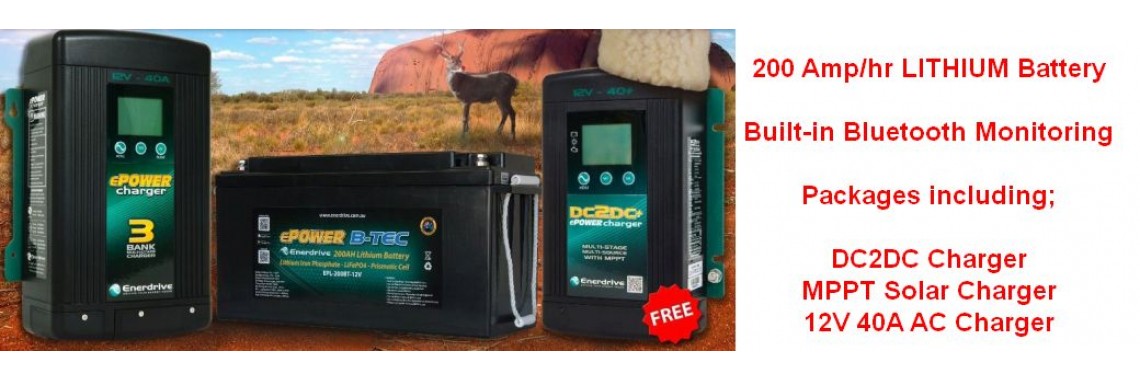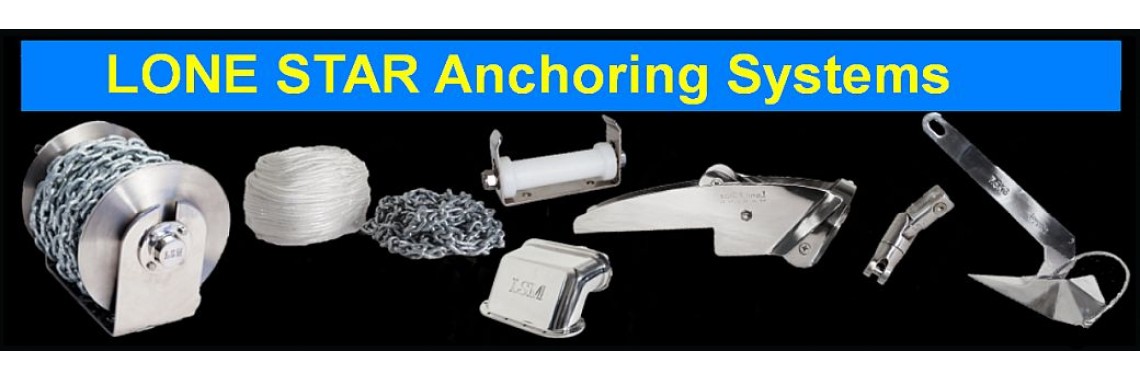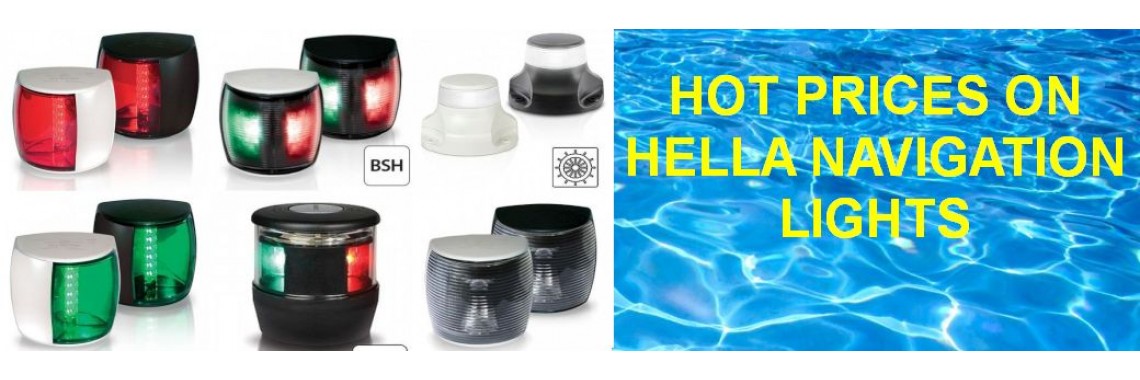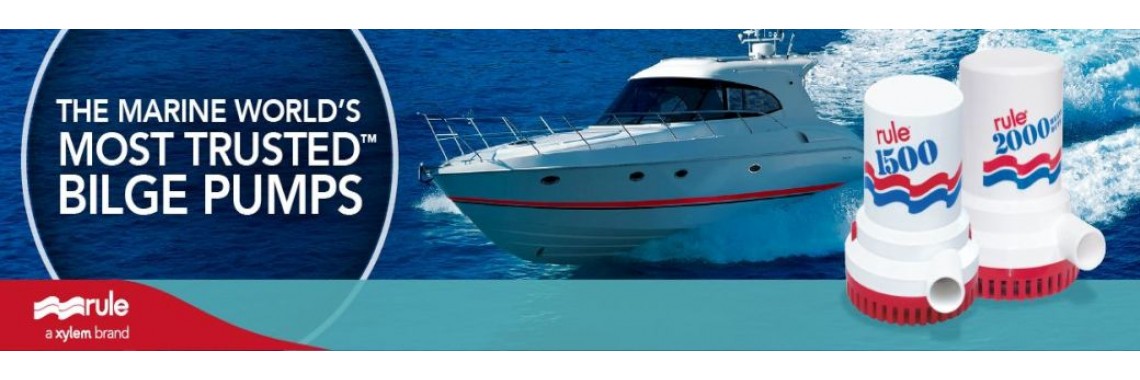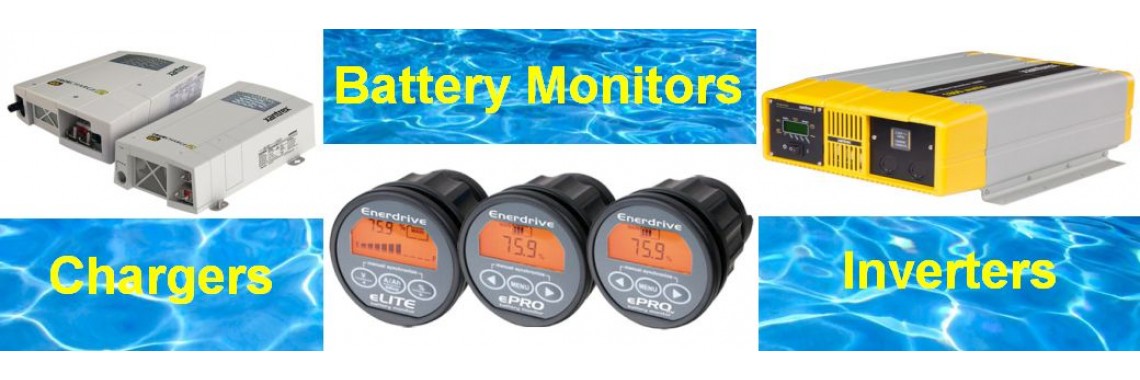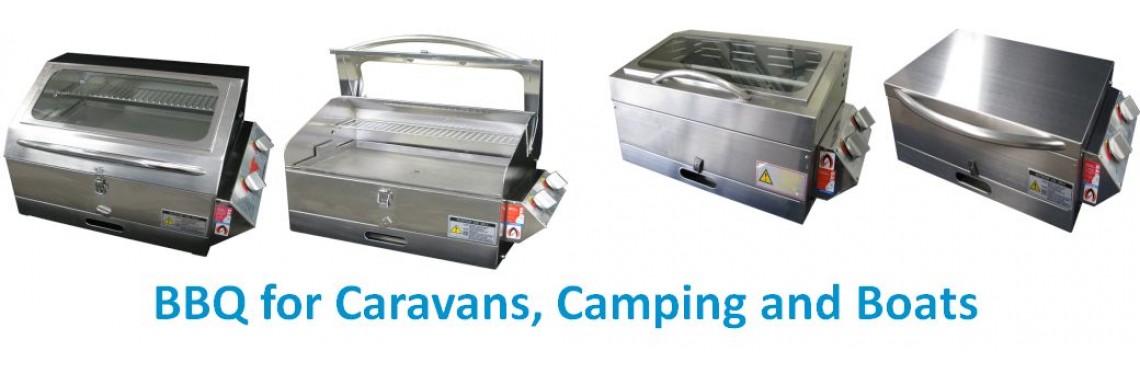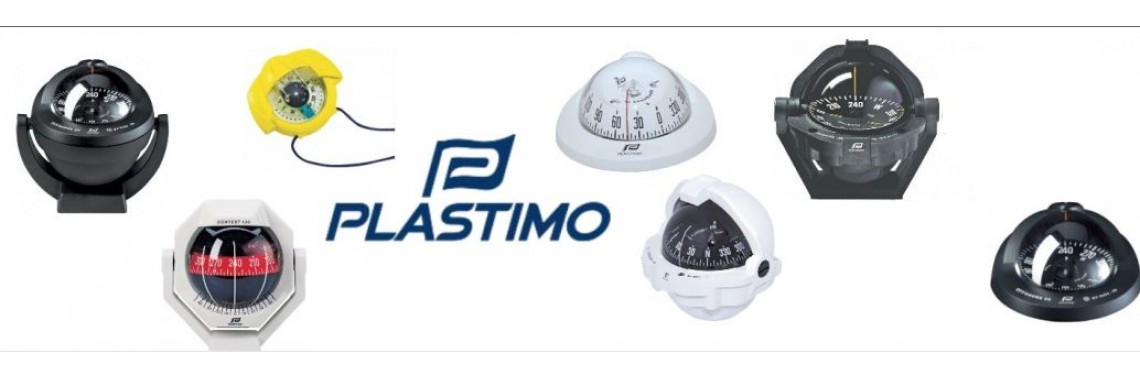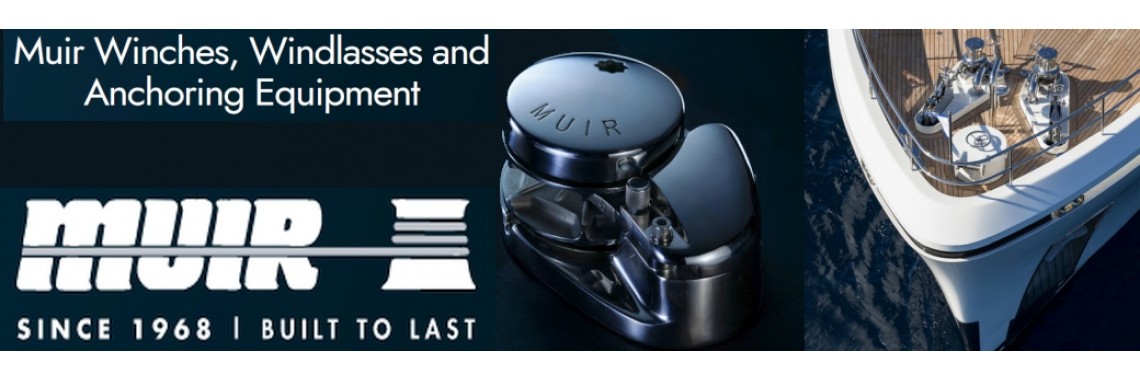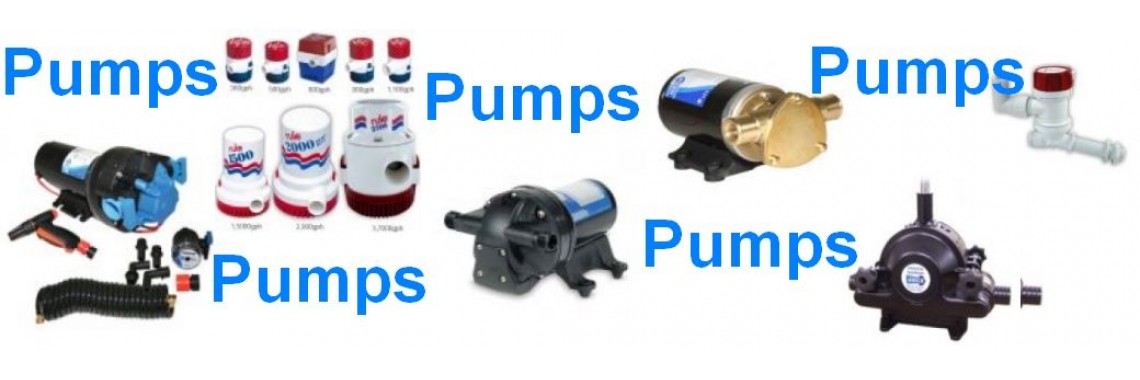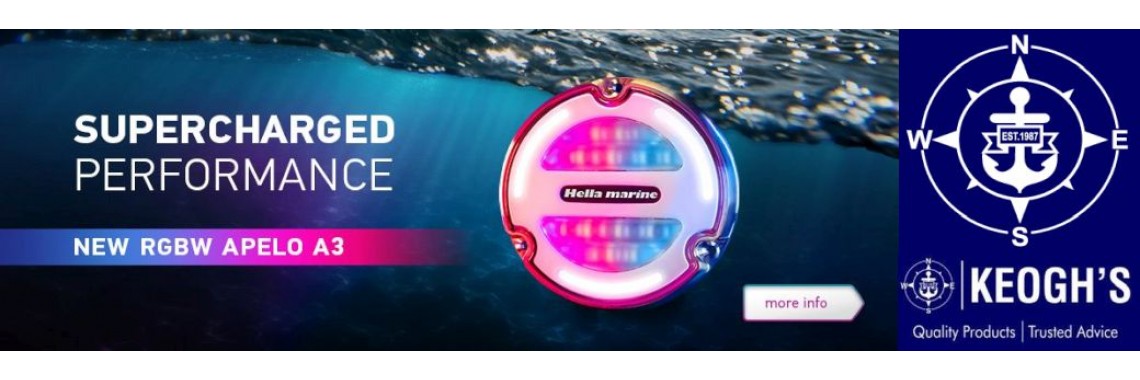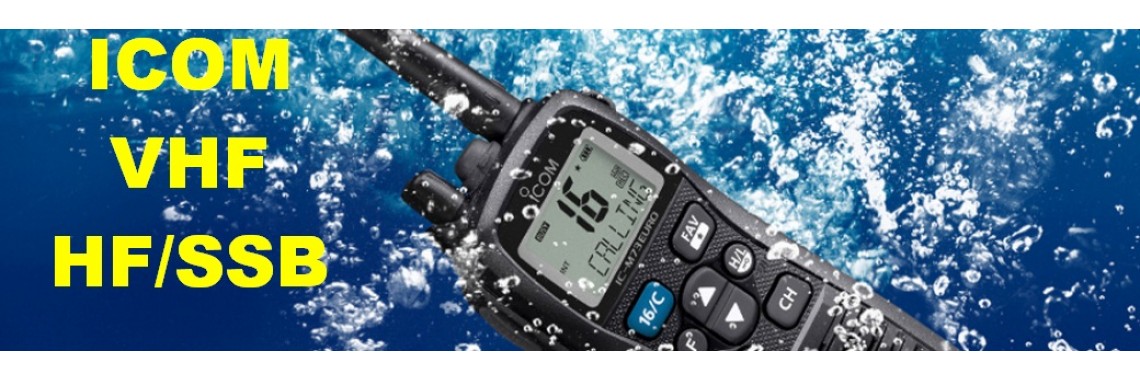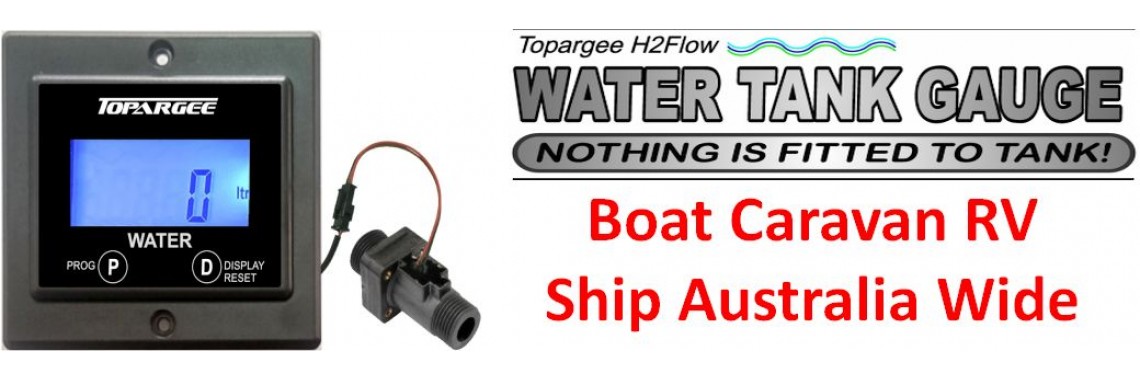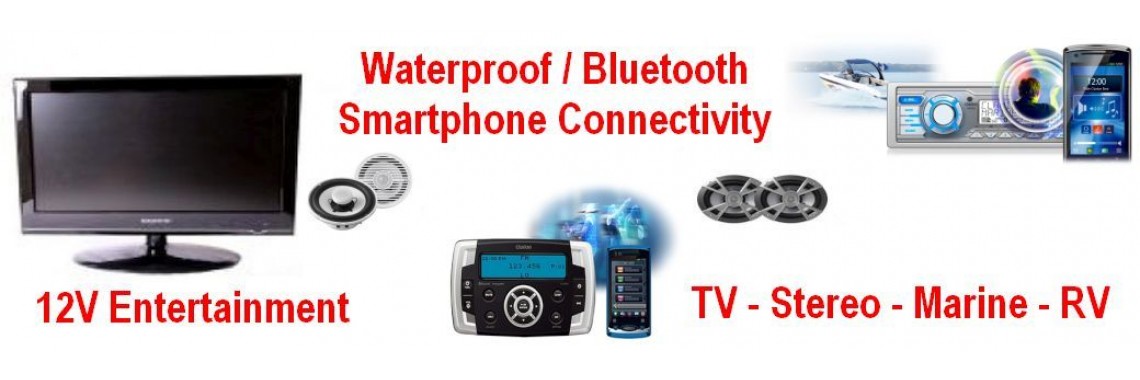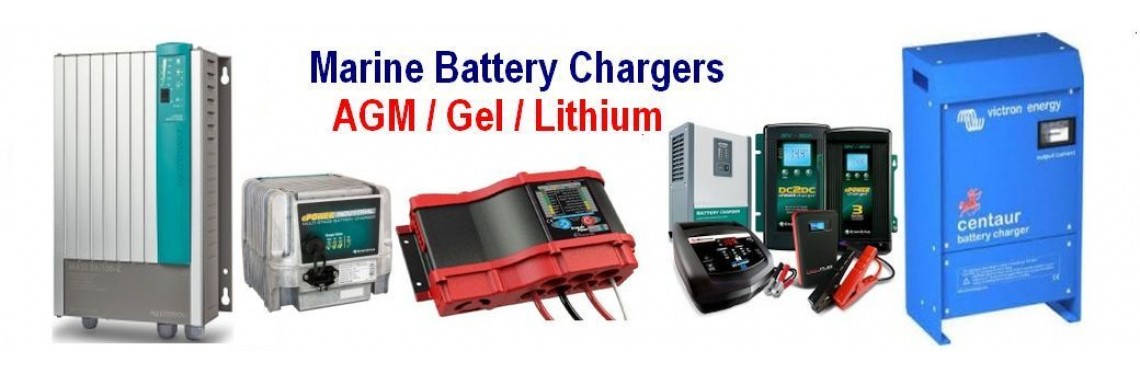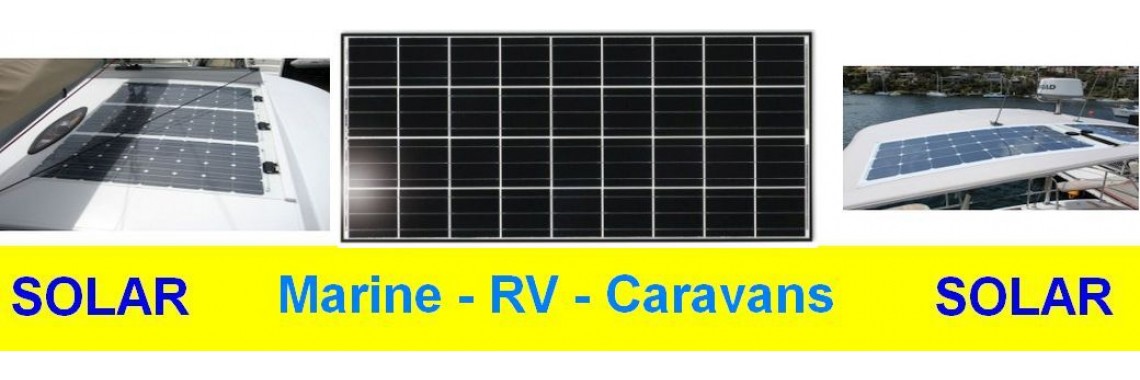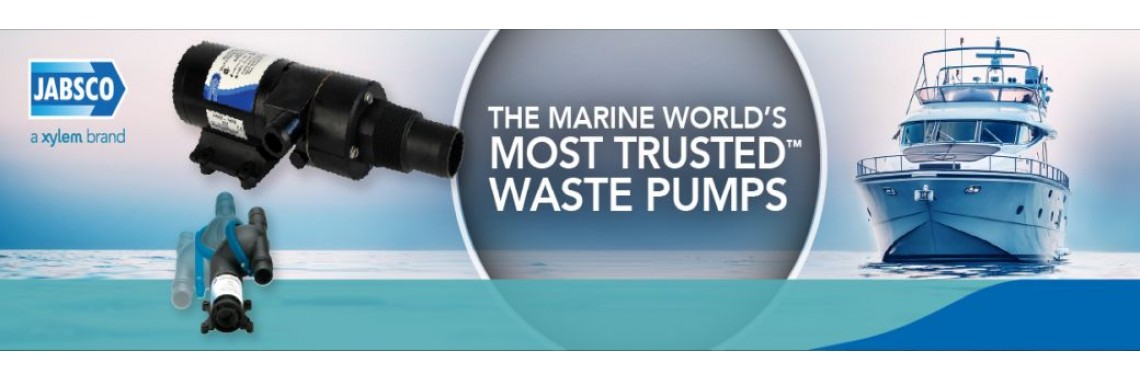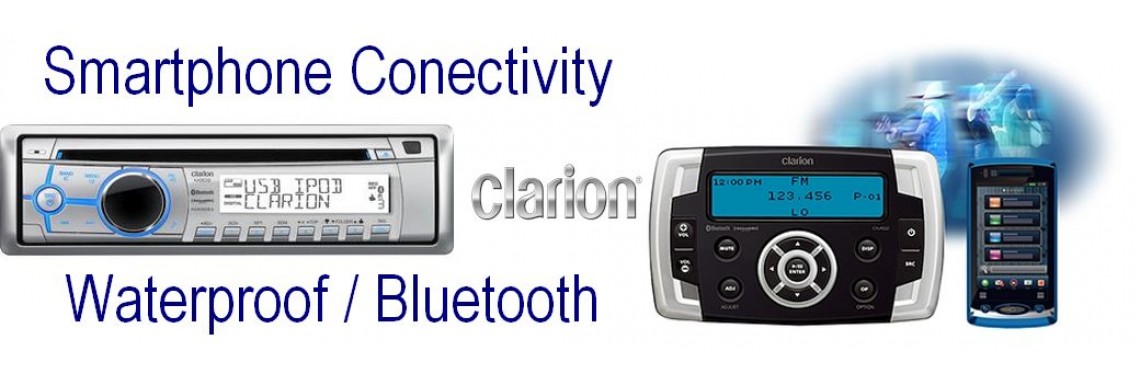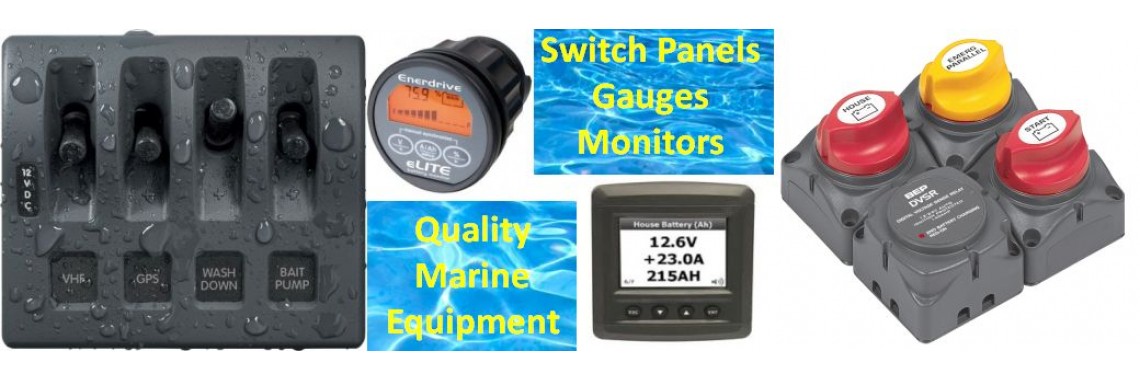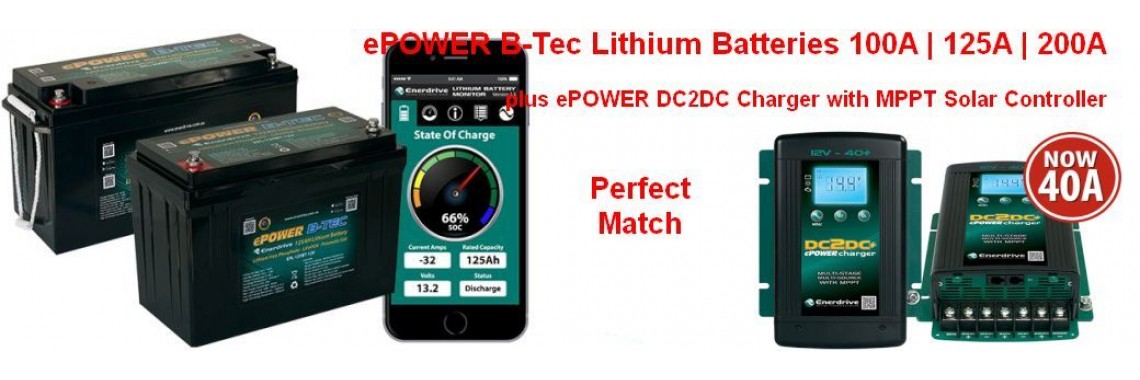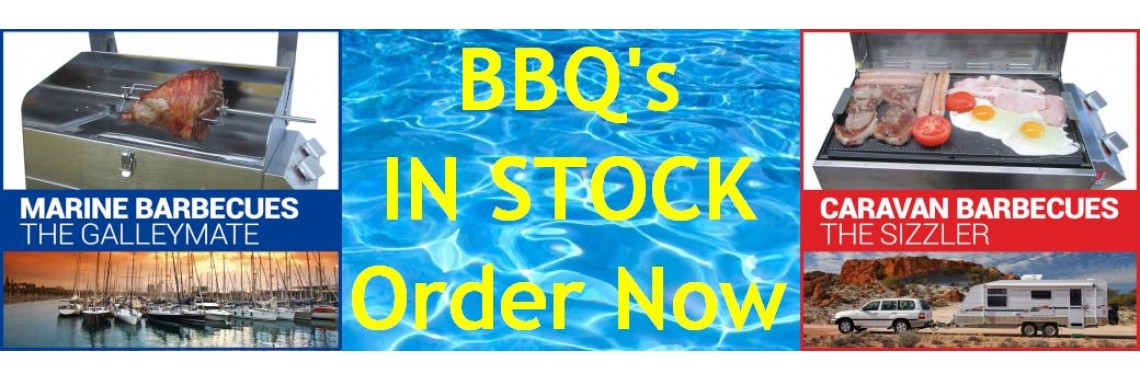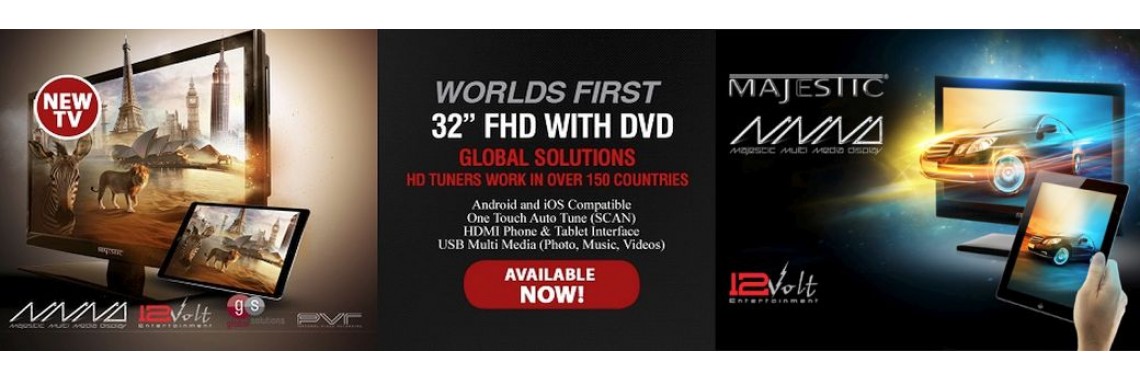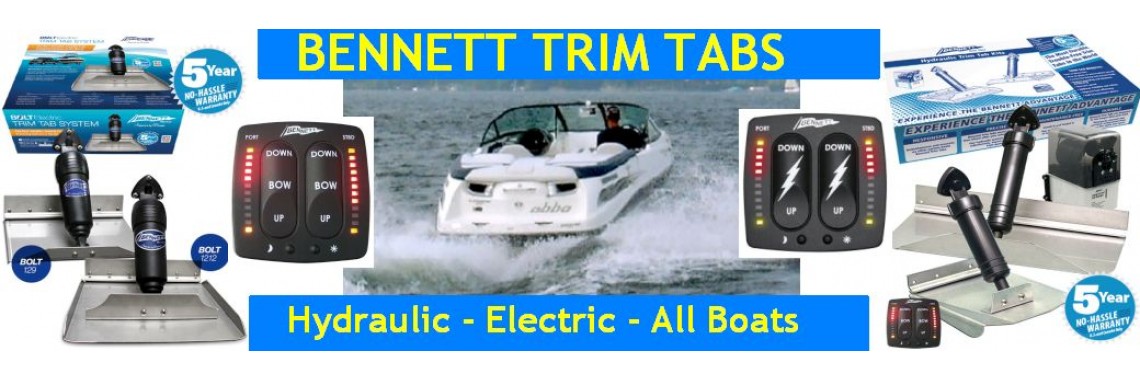Audio Visual and Entertainment Systems
Audio Visual and Entertainment Systems
It is amazing how our lifestyles are changing these days. Fifteen to 20 years ago, we went out on our boats, detached ourselves from land with no more than a radio or a few music cassette tapes on board. Now a days, the vast majority of boats over seven metres (or 23ft) have stereo and television systems fitted. Many boaties now like to enjoy an entertainment system on board as well at home.
With a plethora of products and so much marketing hype, there is a need to distinguish fact from fiction. Here's a brief overview of the following aspects of audio visual and entertainment systems to help you make the right choice:
- TVs - what’s available and suitable for installing on boats;
- Marine TV antennas and TV signal - the problems that can arise and how to get a reliable picture;
- Satellite TV - how do you get it and what do you need to consider?;
- Marine stereos - what features to look for and achieving the right sound;
- Marine speakers - what’s the difference between products?
The facts about TVs for use on boats
Installing televisions in a boat is a lot different to setting up a television for your home. Why? Well, for one, there is a moving environment that is prone to roll, pitch and yaw, and second, there are harsh elements to deal with such as salt, air, sun and sometimes extreme heat when the boat is locked up and back at the dock. Thirdly - boats, caravans and RV's move, bump and crash. So there are a few main points that we need to consider:
The Type of TV
Given the mobility of boats, caravans and RV's and the restricted amount of space to suitably install a TV, it’s a good job that the days of the traditional tube style TV are gone and have been replaced with the Liquid Crystal Display (LCD) and light-emitting diode (LED) technology.
Advantages of LCD TVs
- Thin, light and portable;
- Smooth realistic video image;
- Low power consumption (particularly important when running from batteries or an inverter);
- Do not suffer ‘burn in’ as can be encountered on Plasma TVs
- Different screen formats from monitor styles to widescreen formats. This gives flexibility in mounting where space may be an issue.
LED Technology
The new technology in the market is the LED TV. LED TVs have a few advantages over the LCD TV, in that they:
- are significantly thinner;
- weigh between 30-40% less than the equivalent size LCD;
- use even less power than LCDs (almost half). For example, a 46” LCD uses 200 watts while the LED 46” only uses 73 watts;
- have true black colours not a faded grey like LCDs or plasmas;
- are better for bright environments offering almost sunlight view ability.
As for size, they are available in the 15", 19" and 22” range which is the most popular size on the market. However at this stage, the LED TVs are still significantly dearer than an LCD TV.
We DO NOT recommend Plasma screen TVs for the mobile market, as reliability issues can arise due to the nature of movement in a boat. Also Plasma screen TVs have high power consumption (up to 15 times more than LCDs). For the mobile market, the LCD is generally the best choice on the basis of size, weight (very important when wall mounting), low power consumption (very important when running off batteries and inverters) and now they are quite affordable to boot.
Tuners
We have all seen the advertising by the government (ARE YOU READY) The old analogue network will soon be turned off and TVs will run exclusively on the Digital network. Just like the mobile phone network the digital and HD digital TV networks give you a better picture and sound. The best piece of advice I can give here is to buy a TV that already has an inbuilt HD Tuner. Not only will this give you on average a better picture than when you use a separate set top box and simplify operation (one remote versus two), it will also save you power as there is only one device running rather than two.
TV Construction
There is a big difference in the design of a LCD TV for household use and one for the marine and mobile markets. Household TVs are designed to sit on a stationary entertainment unit or wall and are not built for a moving, vibrating environment. Mounting household LCD TVs in a boat can cause chassis and screens failures, as they are not built to handle the constant movement. A separate 12V power supply that can handle voltage fluctuations is crucial as boats battery voltage can range from 13.4 volts to well below 12 volts. Most household TVs only have a 240 Volt to 12Volt power supply and as a result when run off 12 volts exclusively, reliability can be hampered. LCD TVs such as the Majestic units have a designated 12 volt supply and have a reinforced chassis designed to take the constant movement and vibration that boats experience.
Features
As technology continually improves, we are seeing more features being integrated into TVs. No longer is a TV just a TV. More and more, AV inputs and outputs are being fitted to TVs allowing you to have multiple devices such as a set top box, DVD player, PC and Play Station connected to the unit. TVs with inbuilt DVDs are becoming very popular as this saves space. In some of the larger LCD and Plasma TVs, hard disk recorders are starting to make an appearance and are set to be seen on more models. The only downside of having many features inbuilt into a TV is that quantity can affect quality. The wide range of features can be at the expense of screen definition and overall reliability. Remember the golden rule ‘you get what you pay for’.
Mounting Options
The great thing with LCD TVs is that they are light and compact which means they can be wall, pole, roof, stand and hydraulic lift mounted. We always try and look for TVs that have a Vesa mounting option as there is a huge range of mounting brackets that can be used and this then gives a lot of installation options.
Marine TV Antennas and Signal
Selecting a TV Antenna for use on a boat is again a different affair to that of selecting one for your home. The main reason is movement. Your home doesn’t move and generally speaking a caravanner or motor homer will generally find a location, set up site and bobs your uncle. No further moving until it’s time to go. Stationary antennas are generally directional. So the antenna, when set up, is pointed in the direction of the transmission source and then is not moved. If they are moved, then transmission quality is compromised.
A boat at anchor is constantly swinging, depending on the tide and wind. We also have to take in consideration the pitch, roll and yaw caused by waves and boat wash. Due to this movement, a directional TV antenna is just not practical unless you wish to sit there at the antenna constantly moving it to get a decent picture! There is an answer, and that is using a good quality omni directional marine antenna. These antennas are specially designed to pick up TV signal from all directions and are not affected by swinging at anchor and the affects of pitch and roll. Marine antennas are also designed to cope with the marine environment such as salt, sun and water. TV antennas, such as the Majestic UFO and UFOX, are an excellent choice and after years of testing and practical application, offer the best all round performance.
Like all TV antennas there are factors that can affect picking up good quality signal. Some of these factors are:
- poor signal strength due to distance from a transmission station;
- obstacles blocking the signal. These could be mountains or hills, high rise buildings or even a large boat that may be next to you. Generally speaking, the clearer the line of sight the better the signal quality will be;
- atmospheric conditions, thunder and electrical and rain can degrade signal quality because of signal reflection;
- other hardware that may be mounted near the TV antenna that may block the TV signal, these may include items such as masts, targas, radar units or even other aerials on antennas;
- height of the antenna. The higher you can get the antenna the better quality signal you will get. Just have a look at houses, the TV antenna is almost always mounted on the house’s highest point;
- quality of the antenna, the old saying ‘you get what you pay for’ is true for marine TV antennas. Look for an antenna made by a respected manufacture that is both analogue and digital and which is amplified to ensure the best quality reception.
What to look for in a marine stereo
Quality marine stereos give longer life and better performance in a wet marine environment than standard car stereos. Coated electronics to withstand moisture, salt air and UV protection make the difference.
If you are replacing an existing stereo, this will narrow down your selection:
- Most marine stereos come in what is called standard DIN (Dash Installation) size. Standard DIN is about seven inches wide and two inches high. Unfortunately, different manufacturers seem to have different ideas about what DIN is, so the dimensions will vary slightly from stereo to stereo. Some marine stereos are 1.5 DIN or two DIN which refers to the height. 1.5 DIN is approximately three inches high while two DIN is about four inches high.
- Weather Resistant versus Waterproof Marine stereos are built to be outdoors and are, at the very least, weather resistant. By this we mean that the circuit boards go through a special poly coating process that prevents corrosion in a humid environment. In addition, they are UV protected for exposure to the sun. Weather resistant stereos also prevent water intrusion in varying degrees, but they are not waterproof and water inside the unit will definitely do some damage. If you plan on your stereo frequently getting in the path of splash or spray you may want to go a step beyond this and get a stereo with a waterproof faceplate. Waterproof faceplates have a sealed gasket so that water can’t get into the CD compartment when closed and the buttons and LCD display are waterproofed as well. Keep in mind that the back side chassis of the stereo may or may not be waterproofed and it may need to be safe behind your dash or enclosed in some type of enclosure. To avoid the expense of a waterproof faceplate you could opt for a separate flip down splash cover. There are also units such as the Clarion CMS2 with a waterproof front end and a black box under-deck system with bluetooth streaming - fully waterproof.
- Wireless or Wired Remotes. Some stereos come with wireless remote controls. It is important to understand that most of these are ‘line of sight’ remotes (like a television remote). If you plan on installing the stereo in a cabin, the remote might be useless on deck. Wireless remotes sometimes come with a small infrared ‘eye’ that can be mounted in a convenient place for line of sight control. A wire connects the eye to the stereo. Some systems have other methods for accepting IR remote commands like through special speakers or through mounted wired remotes, so you don’t have to point the wireless remote at the head unit itself. You will want to check that out ahead of time to be sure. Some RF remotes are now available that do not require line of site in order to work. Wired remotes are also available that can be surface mounted or flush mounted with a very streamlined look. Most are completely waterproof so they can be installed in a wet area. You might think a wireless remote would be better, but consider that wired remotes never get lost. Mounting a wired remote in an area that swimmers or skiers can easily reach may be more practical than a wireless remote.
- Auxiliary Inputs for IPOD, MP3 Player, DVD, etc. With auxiliary inputs you can play an external device through your marine stereo by patching the audio signal into the head unit through special jacks (usually RCA jacks). Aux inputs do NOT give you the ability to control song selection, play, pause, or other detailed control over the external device from the marine stereo itself. The only control you will have is volume. Everything else must be controlled from the external device. In most cases the Aux input jacks are on the back of the stereo chassis because putting them in the front presents an opportunity for water to get into the unit. However, you can purchase an audio cable adapter with a plug that can be mounted within easy reach to plug in your external device. The cable runs from the back of the stereo to wherever you mount the plug.
- iPod Control If you want full control of your iPod from your marine stereo, such as song selection, play, pause, song/artist display, etc. this feature has become available on some models. A special cable or adapter is required, but an additional benefit is that the iPod will recharge while it is connected to your marine stereo. Certain products like the new Clarion range come standard with an iPOD/USB lead that enables the iPOD to be directly connected to the unit as a cull iPod Dock.
- Bluetooth - This has now become the norm to stream media to stereo head units. It can be done from Android and Mac - from phones and tablets. Clarion now incorporates this into its new models.
- Ability to Play MP3 files from CDs. Almost all stereos will play CDR's (Recordable CDs), but not all can play MP3. MP3 are compressed digital music files. The quality of MP3 music is not any better than normal CD audio, but since the data is compressed, you can fit a lot more songs on one CD. One CD filled with MP3s could play for many hours compared to a maximum of just over an hour for a normal CD. Naturally, you would only get benefit out of this feature if you have the ability to burn your own MP3 CDs or have someone else do it for you.
- CD Changer Control - The ability to control a CD Changer is another feature of some marine stereos. Keep in mind that the head unit can only control a CD Changer of the same brand that was made for it.
Marine speakers
Marine speakers are essential for stereo sound in a wet environment. They thrive in places a standard car stereo speaker would be destroyed. Sealed drivers and waterproof cones can withstand a hosing down of a deck, rain and sometimes complete submersion. Corrosion resistant parts withstand the salt air and moisture.
There are essentially four different types of speakers:
- Dual Cone Speakers - These have only one driver or sound output source, but use two different cones, one larger and one smaller. The larger is for mid-range and low frequencies while the smaller cone is for high frequencies. This works fairly well, but does not deliver as broad a spectrum of sound frequencies as the other types of speakers that use different methods. These marine speakers also tend to be less expensive which is a consideration.
- Coaxial Speakers - Also called two way or three way speakers. These marine speakers use multiple drivers to handle the different frequencies. The term coaxial refers to the fact that they are really one speaker wrapped around another speaker. The tweeter which handles high frequencies is usually in the middle and is surrounded by a woofer which handles mid-range and low frequencies. Generally, you will get better performance from a coaxial speaker than a dual cone speaker, but not necessarily as good as a component speaker.
- Component Speakers - These are actually more than one speaker. In this configuration, the high frequencies and the lower frequencies are each handled by completely separate speakers. The frequencies are divided electronically by a device called a crossover so that each speaker is only required to reproduce it’s own block of frequencies. Naturally, this offers the best sound reproduction. Most often, you will find a component speaker setup in marine box speakers, but there are also flush mount component speakers available with a separate woofer and tweeter.
- Subwoofers - Subwoofers are designed only to handle bass frequencies. Unless you are looking for thunderously heavy bass, you probably won’t need a subwoofer. Quality coaxial or component speakers alone can give you nice deep bass response without threatening to shatter your windshield. It just depends upon your opinion. If you do decide you want to use a subwoofer, make sure that your system has a ‘crossover’ in it somewhere between the head unit and the subwoofer speaker. A crossover splits the frequencies up so that only the low frequencies are sent to the subwoofer. Trying to run all frequecies through a subwoofer can make everything sound like mud and you won’t get the ‘punch’ in the sound you are looking for. Crossovers come in various forms. Some head units have subwoofer output which has already been ‘crossed over’ which you can run right to an amp to power the subwoofer. Also, many amps have a built in crossover so you can run a full range line output from your head unit to the amp and then the amp will only send the low frequencies to the subwoofer. Last of all, most single unit powered subwoofers have a crosssover built right into them. A subwoofer requires lots of power and in most cases you need a separate amplifier for it. Some subwoofers are powered with their own built in amp and that takes care of it. Alternately, you can buy the amp and subwoofer speaker separately. Keep in mind that powering a subwoofer with a standard powered speaker channel will probably not give you the performance you are looking for. Depending upon your situation, it is likely you may only need one subwoofer. The reason for this is that at the low frequencies it is almost impossible to discern any stereo separation in the sound. You feel the bass more than hear it. In a music mix the bass is never panned to one side or the other of the stereo spectrum, but is always solidly in the middle.
So whether you are listing to latest tunes or a few old favourites or want to watch the cricket or footy while enjoying the best of our boating lifestyle obtaining a reliable audio visual system can easily be achieved with careful product selection and correct installation.
Until next time, happy boating.
There are no products to list in this category.



